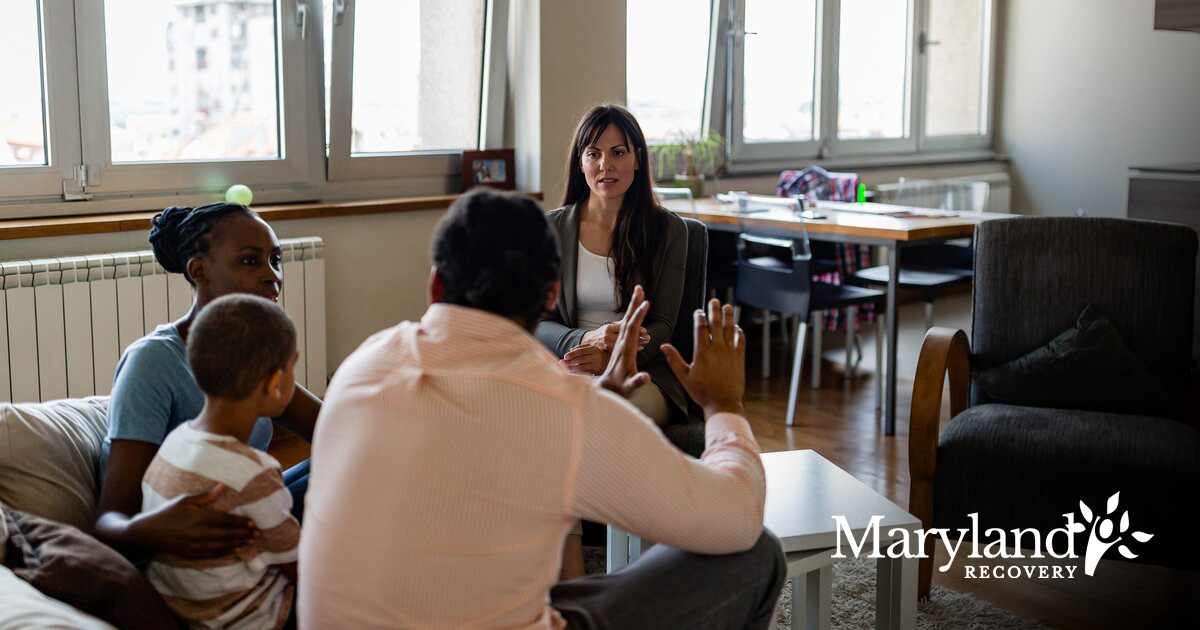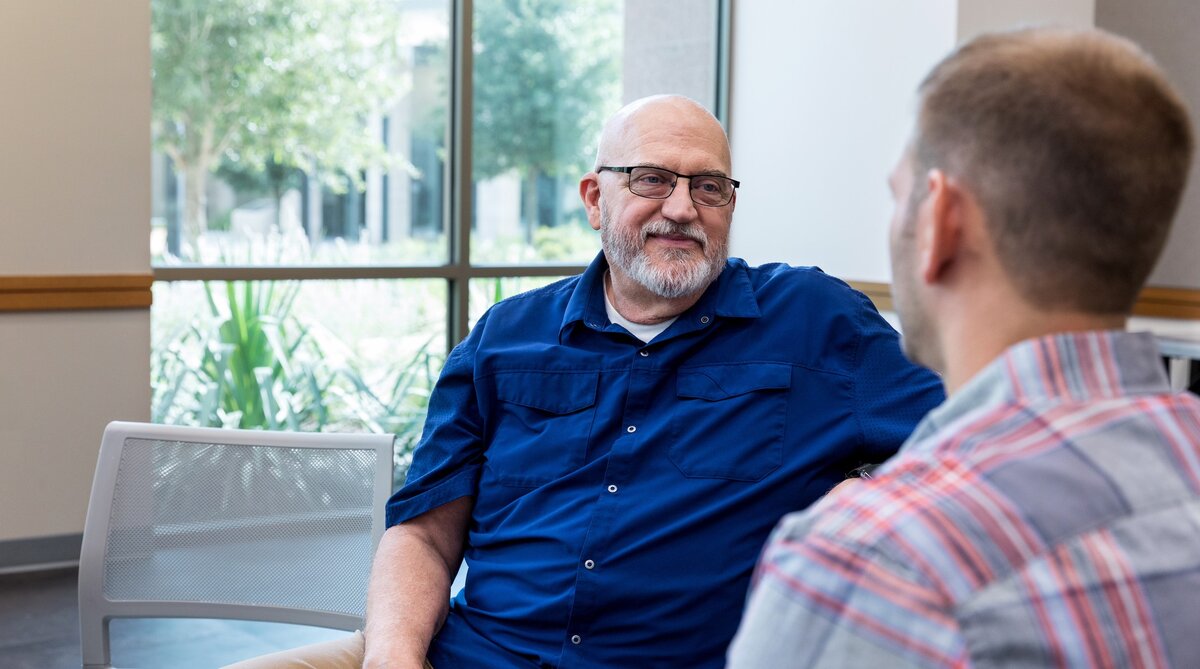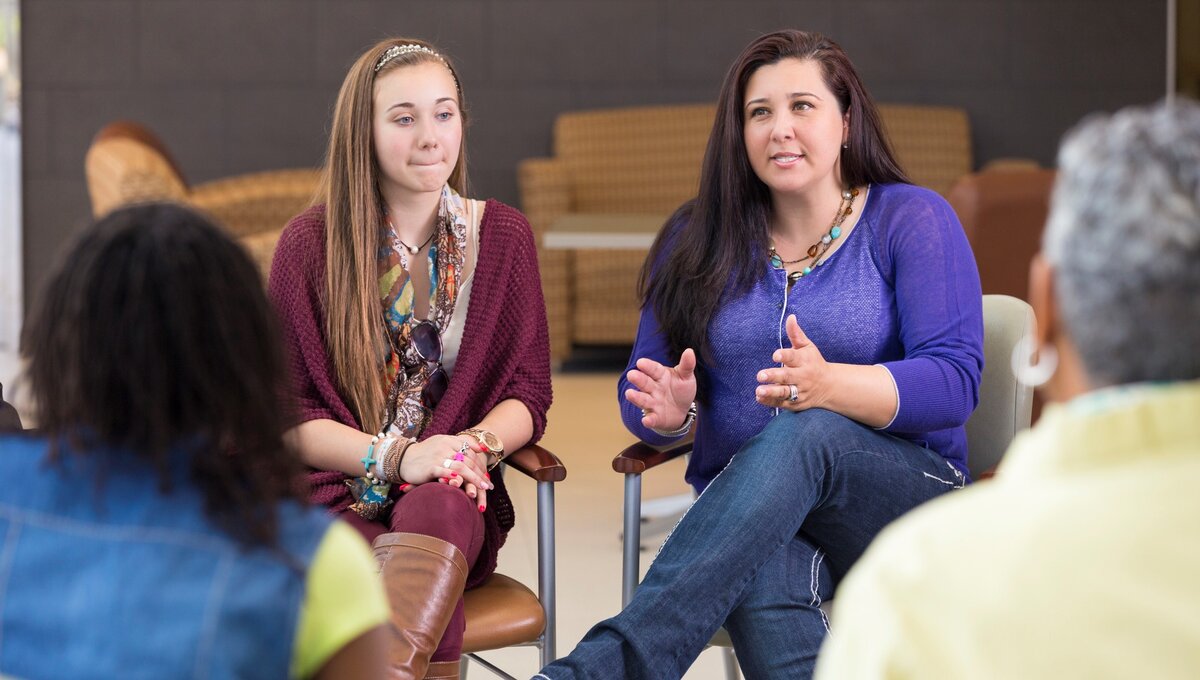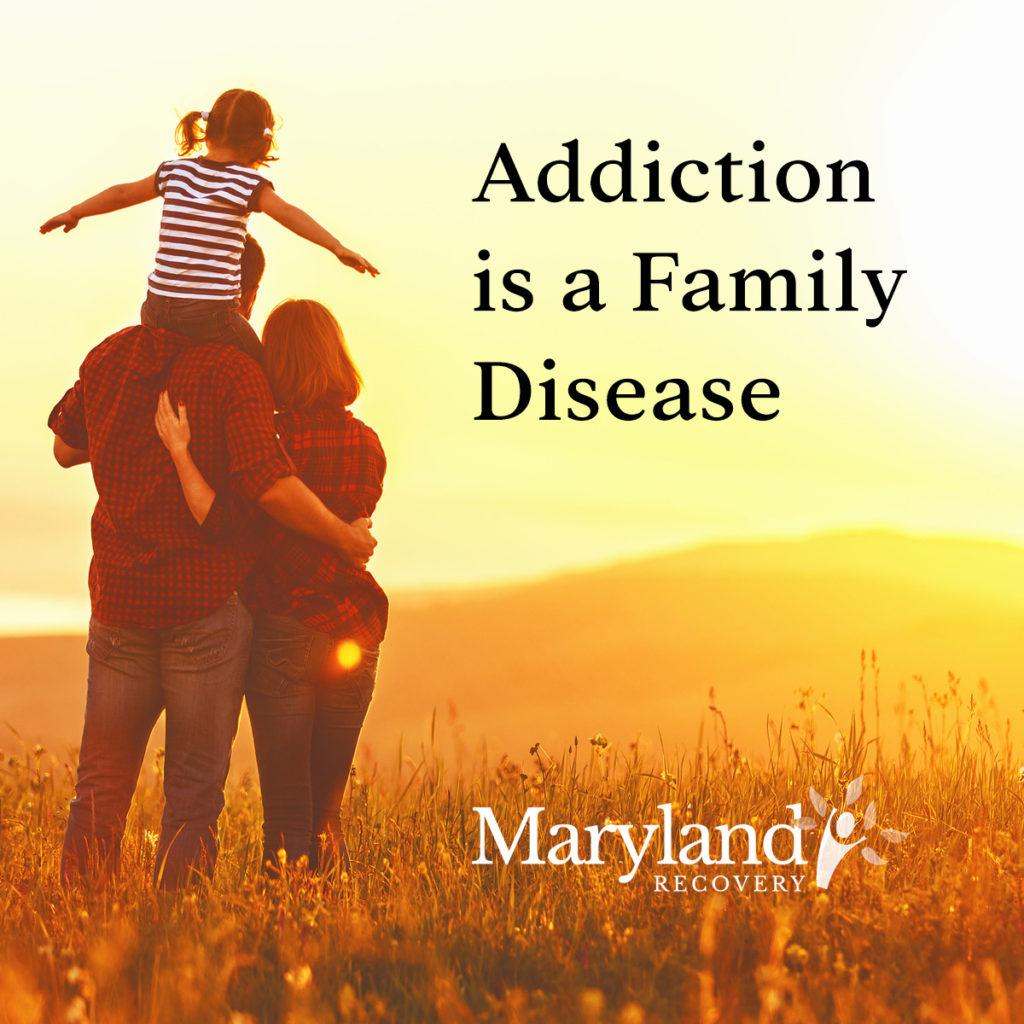
Why Addiction Is a Family Disease
Photo from gettyimages
Originally Posted On: Addiction Is a Family Disease | The Stigma Around Addiction (marylandrecovery.com)
When a loved one enters recovery, they aren’t with family physically, but they are with family emotionally. Contrary to what they may believe, family members are an active part of the recovery process, playing an important role up to, during recovery, and beyond. There are many reasons why family support is crucial for the recovery process, including being an encourager of admission to a recovery facility, setting boundaries, and getting the patient back on their feet.
Addiction stigma affects the whole family in ways beyond supporting the patient. In many communities, addiction is considered a shameful secret that should be hidden away when in reality, it’s a family disease that should be treated holistically and with the whole family involved.
Why Is Addiction a “Family Disease”?
No matter how attached or unattached a family may be to one another, their decisions profoundly affect one another. Addiction is more than just a problem with a solution. It’s a sickness that moves through the entire family, driven by harmful coping mechanisms developed after years of dealing with the addict’s behavior.
Some effects of family addiction can be:
- Anger and resentment
- Anxiety
- Depression
- Shame
- Isolation
- Financial issues due to supporting an addiction (implicitly or explicitly)
- Physical health issues stemming from lack of self-care
Children in the throes of family addiction may experience long-lasting effects, including trouble making and keeping friends, problems with future relationships, violence, and learning difficulties.
It’s important to note that family doesn’t cause addiction. Addiction is often caused by emotional discomfort or trauma that leads to the misuse of drugs, alcohol, and other problematic behaviors that take control of an addict’s life and reinforce negative behaviors over and over again. The cycle of misuse influences people closest to the addict: their parents, grandparents, children, spouse, and friends.
Enabling behaviors and codependency are shared as part of addiction as a family disease. Codependent family members may spend more time worrying about the addicted family member and little to no time on their own needs.
These individuals show signs of:
- Low self-esteem
- Controlling behaviors
- Inconsistency to avoid anger
- Toxic loyalty to the individual with addiction
Family members who are enabling spend too much energy protecting loved ones in addiction from the consequences of their actions.
This can come in many forms:
- Providing money for drugs or alcohol
- Making excuses for behavior
- Paying for legal fees or bail
- Providing a place to stay and other needs
Codependency and enabling behaviors are two of the most problematic family behaviors, and if left untouched, they can continue the cycle after the loved one goes to a rehabilitation center.
Watching a loved one spiral into the grips of addiction is in itself a traumatic experience. Family members and friends respond the way they would for any other type of trauma: developing self-preserving behaviors to protect their own emotional and physical health. Inadvertently, these behaviors may make it easier for the addict to continue down their road of self-destruction. Why is addiction a family disease? It’s akin to a net of trauma that catches the entire family and keeps it circling until someone chooses to stop the cycle and get help not only for the addict but for the whole family.
Why Family Support Is Crucial for The Recovery Process
 Photo from gettyimages
Photo from gettyimages
People have a higher rate of successful recovery when they have support from family. Families involved in the recovery process can better understand the family disease as a whole and participate in therapy and counseling to heal together. Because the stigma affects the whole family, it’s up to each member to break free, alongside the person in recovery. There are a few key ways families can make this happen.
Communication Helps Break the Stigma
As addiction is still taboo, family members are often hesitant to talk about their loved one’s addictions, both before and during recovery. It’s vital to use honest and open communication with each other, and the loved one in treatment to break the stigma and bring light to the “secret” – when it’s no longer something shameful to hide, healing can begin. Treatment programs give families the tools to re-learn constructive discussion that benefits the family as a whole.
Break Down Negative Patterns
Family members and friends can play a part in an individual’s addiction, whether they mean to do it or not, through blatant enabling to triggering anxiety and depression. After the loved one is in a treatment center receiving the help they need to break down emotional traumas, families can get help breaking down their negative patterns too. Codependency and enabling behavior are like an illness for the family unit. For the loved one to truly recover – and stay in recovery – the family has to stop these behaviors. Positive changes will create a more stable and healthier environment of trust and care that’s crucial for the individual in recovery.
Taking Care During Recovery
Stress can be an enormous part of addiction, both for the individual and the family coping with addiction. Sleepless nights, constant worry, and anger with the situation take a physical and mental toll that doesn’t suddenly disappear once the loved one is safely in a rehabilitation program. While the loved one is in active recovery, family members should heal their issues with healthy coping mechanisms and learning self-care. Lifelong support stems from a place of care, and it starts with each family member. Support creates a tremendously positive influence to help the individual in recovery believe they can move past their addictions.
Steps of Family Therapy for Destigmatizing Addiction
Formal counseling with a professional is the best way to tackle addiction as a family disease. Individual therapy can help family members who are struggling with individual mental health concerns related to their relationship with the addicted person, but family therapy goes a step further than this.
Goals of Family Therapy
Family therapists address relationships instead of individuals. These therapists work to find clarity in family relationships, teach new communication and coping mechanisms to replace dysfunctional behaviors, and coach family members to repair broken relationships if they choose to do so. Family therapy addresses the cycles of interactions that can lead to codependency, enabling, and other responses to addiction.
Investment and Relational Reframing
Because some families are more reluctant to attend therapy than others, the first step for a family therapist is to help all members be engaged in the process. The process for encouraging investment in therapy includes positioning the therapy as a group effort to support the individual who is in recovery. Emphasizing open and honest communication is key.
During therapy sessions, therapists use a technique known as relational reframing. This technique aims to replace irrational excuses for behaviors with a deeper understanding of how those behaviors result from family relationships. For instance, a therapist may position anxiety and worry as a concern for another family member instead of a way to control the situation.
Family Behavioral Changes
Another element of family therapy is working to shift established behaviors and communication types to healthier options. In the case of families grappling with addiction, the therapist may encourage setting boundaries, being more supportive, listening to understand, and expressing feelings. Family behavior is often deeply ingrained, so this step isn’t easy. However, it provides a positive influence on the whole family when this element works.
Families need to understand that even if they don’t believe therapy or family treatment is necessary, not taking part in treatment can lead to the same destructive behaviors – and sometimes to relapse into addiction.
Types of Addiction Support Programs for Families
 Photo from gettyimages
Photo from gettyimages
At each point in a loved one’s recovery, support systems are available to help families heal. From traditional support groups like Al-Anon to different modes of formal counseling, there are many opportunities for families to get help.
Al-Anon
Founded in 1951, this group helps families and friends of alcoholics. The purpose of the organization is to emotionally support friends and families of alcoholics before and during recovery. Al-Anon involvement often begins when families are looking for a way to help their loved ones who are struggling with alcohol. Al-Anon focuses on the families of alcoholics and urges them to recognize that they did not cause and can’t control their loved ones’ alcohol-related problems. This philosophy helps families begin the process of healing.
Nar-Anon
Nar-Anon is the drug-addiction equivalent to Al-Anon and is known as a 12-step program for family and friends of people addicted to drugs. This group goes alongside Narcotics Anonymous — much like Al-Anon mirrors Alcoholics Anonymous — and encourages the use of the same 12 steps used by NA and AA. Nar-Anon also places the focus solely on the family and friends rather than the behaviors of the addicted loved one.
Families Anonymous
Yet another option for families to meet in a group setting, Families Anonymous is a 12-step fellowship that explores the interconnected nature of addiction as a family disease. Although the group was established in 1971, they are not as well-known as Al-Anon and Nar-Anon, which is a testament to the true anonymous nature of the meetings. Members are encouraged to attend as a family.
Brief Strategic Family Therapy (BSFT)
Brief Strategic Family Therapy is a type of clinical therapy that reviews the family unit as a whole. The approach is that one family member’s problems – addiction, anxiety, depression – are caused by dysfunctional and unhealthy family interactions. BSFT takes between 12 and 16 sessions.
The counselor spends time learning about each family member individually before observing the family members’ interactions with each other. The counselor then helps the family adapt to healthier interactions to replace negative ones. Although BSFT can be used for a variety of family dysfunctions, it’s used regularly with drug and alcohol addiction, in combination with inpatient and outpatient addiction treatment settings.
Help for the Family Disease of Addiction
At Maryland Recovery in Bel Air, families are central to recovery. Our team helps families understand the emotional journey that comes with addiction recovery and aims to reaffirm and maintain healthy relationships between family members.
Contact Maryland Recovery to learn how we support the family and why family support is crucial for the recovery process. Your family can break the cycle of addiction and pain. You’re not alone. We’ve been there. Call us for help.

